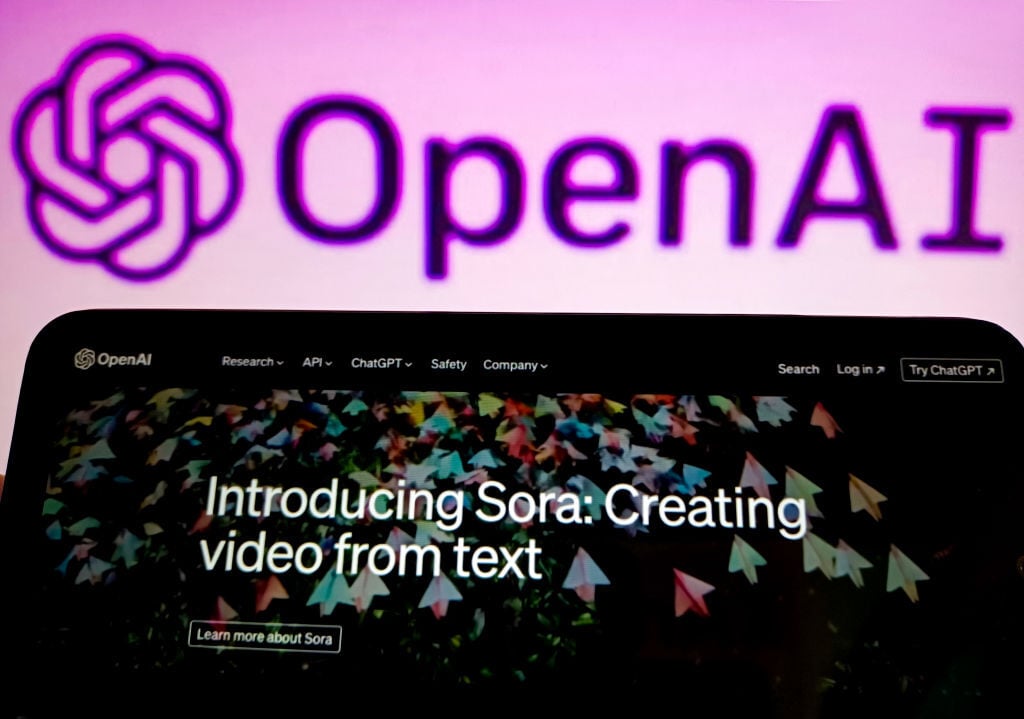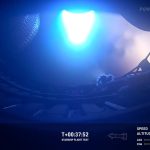
A group of artists that were early testers for OpenAI’s Sora leaked access to the AI video generator on Tuesday. But let’s get the facts straight so the story isn’t oversimplified.
OpenAI has since shut down access to Sora for all early testers. But for about three hours, the public could test out Sora for themselves. According to a statement shared with the demo hosted on Hugging Face, the artists released access to Sora as a protest against “art washing,” which they believe they were “lured into” by OpenAI.
But there’s a little more nuance to the story to than “disgruntled anti-AI artists leak the model.” Let’s dive into what it was and wasn’t.
It was leaked credentials; it wasn’t leaked code.
A leak of Sora may have sounded like a moment of truth that many had been waiting for.
When OpenAI announced Sora last February, there was rampant speculation about what the AI video generator was trained on. Many artists believe Sora’s training data was scraped from videos on YouTube and elsewhere on the web without explicit permission. OpenAI has refused to divulge any details, but based on copyright infringement lawsuits regarding its other models, the company maintains that publicly available data is fair use under copyright laws.
But this is still very much up for debate as OpenAI and other companies face ongoing lawsuits about whether AI-generated content is sufficiently original and whether it commercially competes with human works.
When TechCrunch first reported the leak, everyone was dying to look under the hood and see what Sora was made of. But the Sora leak doesn’t offer any intel about the model or its training data. It was essentially a publicly available web-based demo, likely made possible by sharing API access. It appears to have just granted the public sneaky backdoor access to Sora’s functionality on OpenAI’s servers. But while anyone in the world was briefly able to generate Sora videos, this type of leak doesn’t grant us any new information about the Sora model itself.
It was a protest against OpenAI’s early testing program; it wasn’t a blanket anti-AI statement.
The artists that made Sora publicly accessible did so because they felt like OpenAI was “exploiting artists for unpaid R&D and PR” by leveraging unpaid labor in form of bug testing and feedback. “Furthermore,” the statement continued, “every output needs to be approved by the OpenAI team before sharing. This early access program appears to be less about creative expression and critique, and more about PR and advertisement.”
The group wasn’t mincing words when it called OpenAI “corporate AI overlords” complete with middle finger emoticons. However, they “are not against the use of AI technology as a tool for the arts,” since they wouldn’t have been invited to participate as early testers otherwise, the group noted. What they are against is “how this artist program has been rolled out and how the tool is shaping up ahead of a possible public release.”
This is the kind of nuance that often gets lost in AI discourse. Many artists aren’t opposed to using AI as a tool for creative expression. But opposing exploitation of creative works and job replacement by automation is often conflated with anti-innovation. We don’t know exactly what it is about how Sora is “shaping up” ahead of its release that prompted the revolt, but it’s safe to say OpenAI wants a positive review from its artist testers, hence the dissonance.





